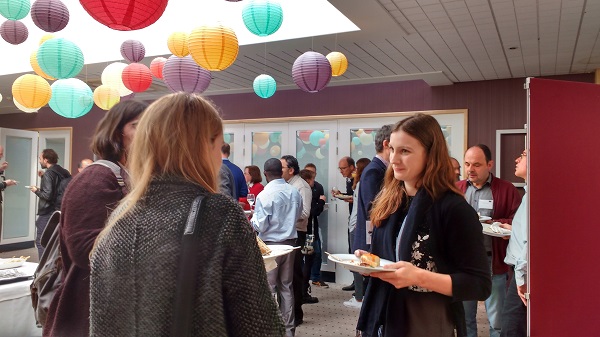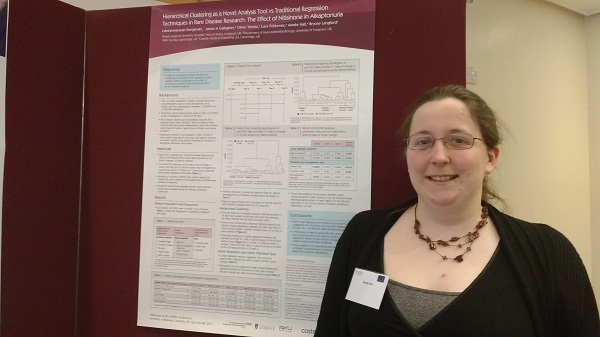This week’s blog comes from the team at Costello Medical. They recently presented an incredible poster of National AKU Centre research at the InSPiRe (Innovation in Small Populations Research) conference.Costello Medical are a Medical Consultancy firm that provides scientific support to the healthcare industry in the analysis, interpretation and communication of clinical and health economic data. They are keen to ensure patients receive effective health care so often provide their service pro-bono to charities involved in the sector.

On April 26–28th 2017, researchers in rare diseases, clinical trial design and statistics visited the UK’s University of Warwick, to attend the InSPiRe (Innovation in Small Populations Research) conference.
InSPiRe Conference – combining rare disease knowledge with statistical expertise
The EU-funded InSPiRe project aimed to discover new ways of addressing the unique needs of clinical trial research in rare diseases. This is particularly important when there may be only a handful of people with any given rare disease in a single country. The goal of the 3-day conference was to share the results of the project and other rare disease research with the wider community.
AKU Research from the National AKU Centre
The AKU Society has been researching nitisinone treatment in patients with AKU visiting the National AKU Centre, in collaboration with Royal Liverpool University Hospital and the University of Liverpool. Recently, we have been exploring different ways of measuring how nitisinone affects AKU with support from Costello Medical. This research aimed to find differences in how fast patients’ disease changed over time, depending on if they were being treated with nitisinone or not. A summary of this work was presented as a poster at the InSPiRe conference by Bryony Langford and Aimée Hall from Costello Medical.

Rare diseases: unique challenges in clinical trial design
Most clinical trials need 100s if not 1000s of patients to test new drugs for a disease. This is difficult when considering the use of nitisinone in AKU – there are few patients in the UK at any one time. When working with smaller numbers of patients, some typical ways of assessing how well a drug has worked are no longer suitable. Our research aimed to explore which methods are most suitable for rare diseases such as AKU. We analysed data from the National AKU Centre using a variety of different methods. We then looked at whether the results from each method gave similar results.
Nitisinone as an AKU treatment
The good news is that all methods tested suggest that nitisinone may slow the progression of AKU. The overall trend was stronger when we used typical methods to analyse the data. However, the alternative methods highlighted that nitisinone could be particularly effective at slowing the onset of clinical symptoms such as the discoloration of ears and eyes. This research would not have been possible without the National AKU Centre, which shows the value of a centralised centre for long-term treatment and research into rare diseases. However, with just 65 patients involved in the analysis presented at the InSPiRe conference, more research is needed to fully measure the effect of nitisinone treatment in AKU.
The future of AKU treatments
We hope that this research can support the findings from the SONIA 1 trial, and the ongoing SOFIA and SONIA 2 studies, and lead to effective treatments for AKU being made available to patients who need them.The
poster presented at InSPiRe is publicly available. Anyone interested in learning more about this research is welcome to contact Aimee Hall at
[email protected] or Oliver Timmis at
